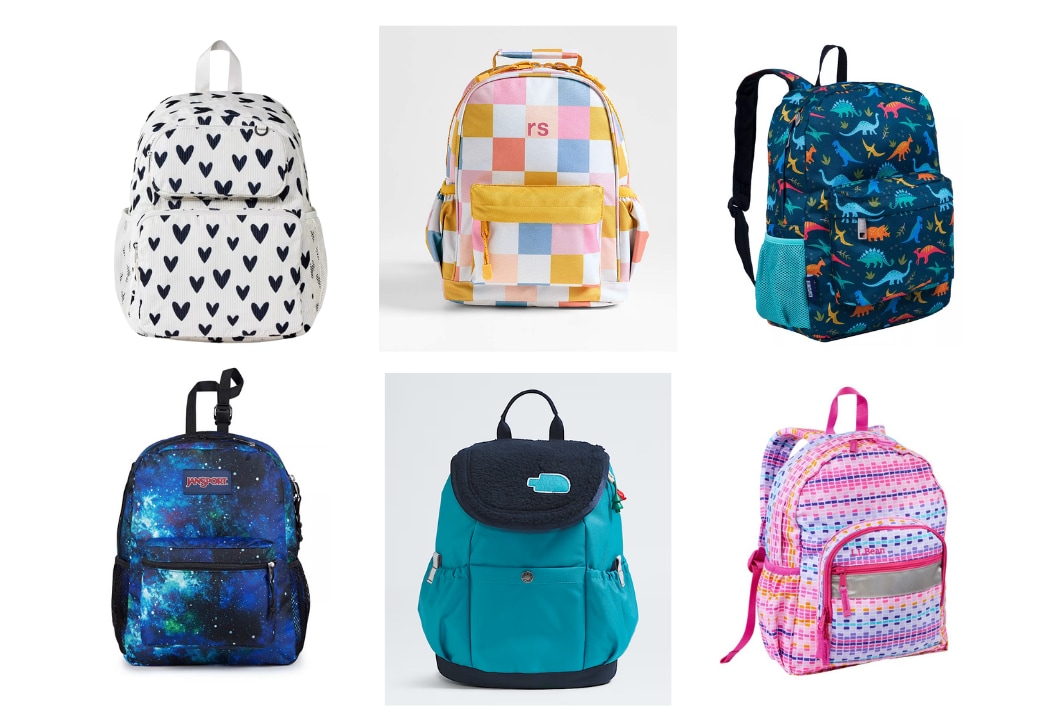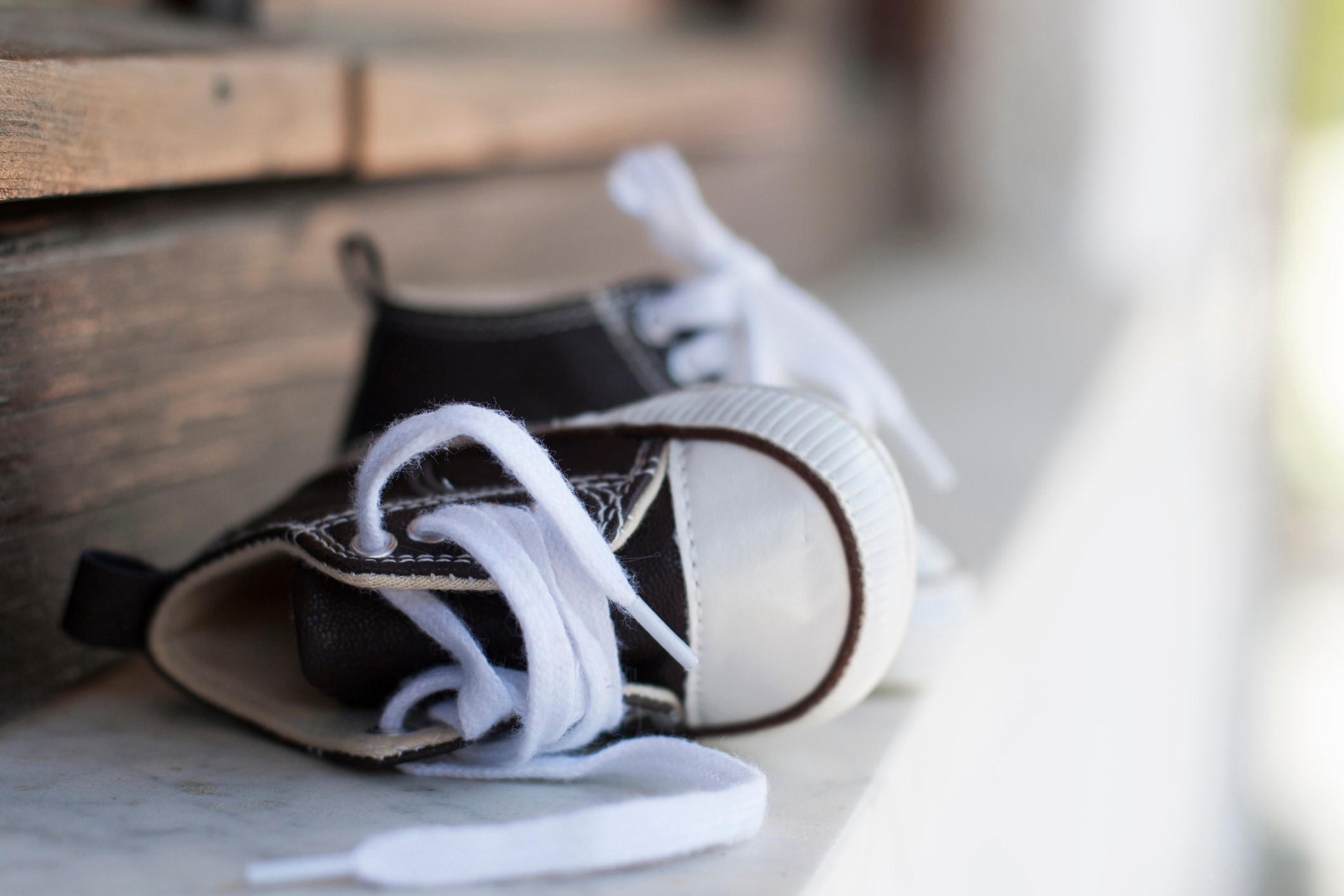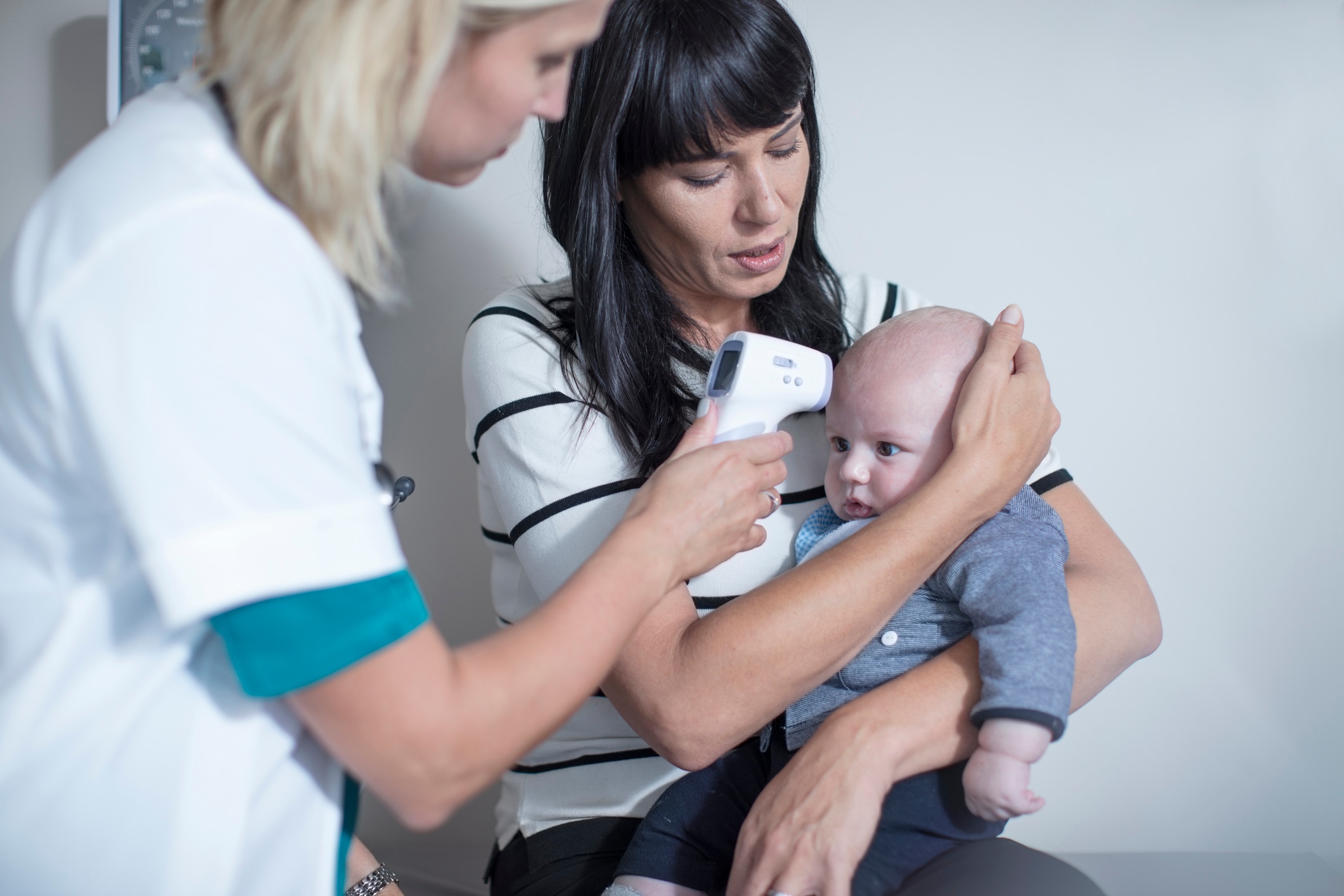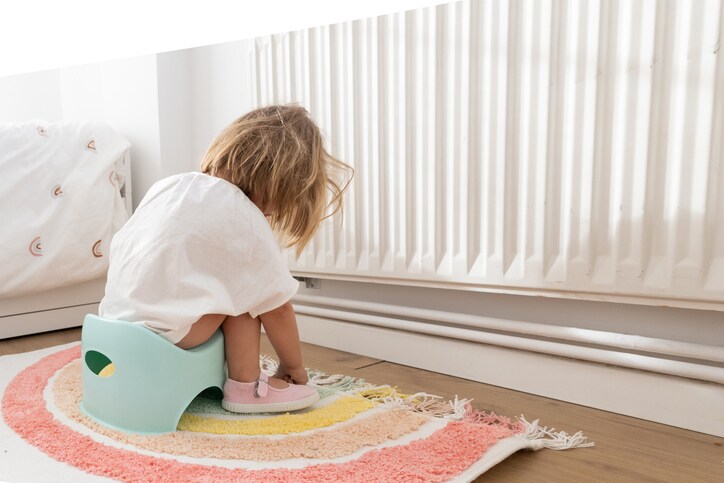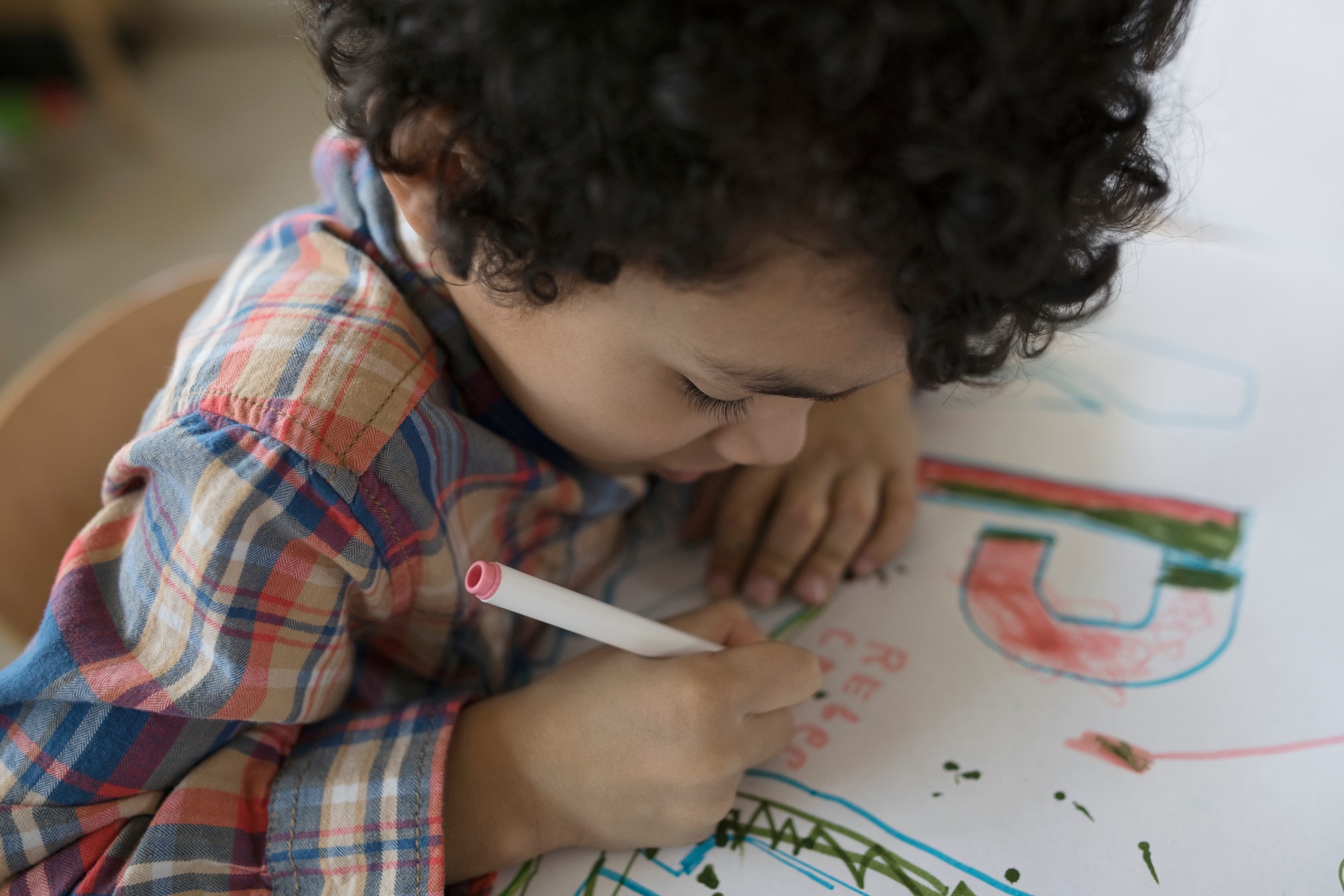Sending a little one off to preschool can be emotional and challenging, but having a properly packed preschool backpack can help make it a smooth transition. Even though preschool is a time for play-learning rather than traditional academic schooling, backpacks are often recommended for transporting necessary items to and from preschool.
Beyond being a simple vessel for carrying stuff, a backpack can help in child development too, says Amanda Vierheller, co-founder and teacher at Playgarden Prep preschool in New York City. “Using backpacks to carry their own things to and from school helps encourage students to build independence and responsibility,” says Vierheller.
So how do you pick the perfect preschool backpack? What size is best? And what does a well-packed backpack look like for a preschooler? I’ll tell you what I’ve learned working in the preschool classroom, and I also asked parents and preschool teachers to provide tips and advice for this ultimate guide to buying and packing a preschool backpack.
Key takeaways
- Always check with your child’s preschool before shopping to see if they have any specific backpack rules or guidelines.
- Even at the preschool level, carrying a backpack to and from school can help kids develop independence and responsibility.
- A preschool backpacks should be durable, easy to clean and smaller sized to fit your child’s frame (around 16″-17″ tall) — and their preschool cubby.
- Follow your preschool’s guidelines and pack only daily essentials, like extra clothes, a water bottle, a lunch (if needed) and a blanket.
What’s the best size backpack for preschool?
A preschool backpack is like a regular school backpack for kids, but made smaller for younger kids. Retailers often label them with preschool, mini or junior sizing.
The National Safety Council says that a child’s backpack should “not be wider than your child’s torso or hang more than four inches below the waist.” Most backpacks labeled “preschool” will fall into the right size range, which is typically not larger than 16 or 17 inches.
Of course, all preschoolers are different sizes, so make sure to have your child try the bag on before you buy. A preschool backpack should be small enough for the child to comfortably carry on their own while still large enough to fit everything they need. I’ve also seen preschoolers struggle with stuffing their backpacks into narrow preschool cubbies, which makes it difficult to access, so keep that space in mind too.
Why does my child need a preschool backpack?
Preschool backpacks allow children to carry their belongings to and from school, including necessary items like extra clothes, lunchboxes and school communications.
Karissa Whitman, mom of two preschoolers in Southern California, says, “Both of my little ones were required to bring a backpack to school so that their teachers can send home any important notices, progress reports and for bringing home their artwork.”
Should my child be able to open their backpack on their own?
Yes! Many preschool-age kids won’t have this skill down just yet. It may take some practice, but your preschooler should be able to open and close their backpack. Practicing using a zipper will also help them with their fine motor skills, according to Vierheller.
What should I look for in a preschool backpack?
Preschool backpacks can be very cute, but don’t bypass good quality. “Backpacks for preschoolers should be extremely durable,” says Vierheller, “as little ones tend to drop, drag and use them in a variety of ways.”
Liesl Schuh, mom of three in San Antonio, Texas, adds that she looks for backpacks that are “easy to clean or machine washable.”
Also, think easy-access water bottle side pockets! “Water bottles are more visible in outside pockets,” says Vierheller, “and can serve as a visual reminder to drink and stay hydrated.”
What should I pack in my preschool’s backpack?
Again, be sure to follow directions from your child’s preschool, but here’s a list of items experts and parents recommend (and I commonly find useful in the classroom) for a preschool backpack packing list.
- Water bottle: Most preschools ask you to bring a reusable water bottle with fresh water in it each day. Label it clearly with your kid’s name so they don’t mix it up with someone else’s!
- Extra clothes: Preschoolers tend to get messy throughout the day and want to change into something clean. And, even if your child is potty-trained, accidents happen. It’s a much smoother cleanup if they have extra clothes (at least one extra of everything, plus some extra underwear) in their backpack. To make packing clothes easier, fold them and put them in a zip-close bag labeled with their name and marked “clean” so teachers know.
- Lunch/snack: Again, follow the preschool’s food and snack guidelines and food allergy policies. If the school provides meals, they will likely NOT want you to pack extra food unless it’s for allergy or dietary reasons. If you are packing lunch or snacks in your child’s backpack, put it in the dedicated kitchen area or tell the teachers at dropoff so they are aware.
- Blanket: A nap blanket should be small enough to fit nicely in your child’s backpack without having to stuff it in. As your child gets older and becomes accustomed to their preschool routine, encourage them to be responsible for remembering their blanket.
- A stuffed animal: Like blankets, preschools will typically encourage kids to bring a “stuffy” or a small pillow — something that reminds them of home and makes them feel comforted — to use at naptime.
- NOT toys: Avoid packing toys in your child’s backpack unless it’s for a particular reason, like show-and-tell. Toys are often distracting, lead to conflict or get lost. “At school, the toys belong to all of the students and so sharing is integrated into each experience,” explains Vierheller. As Schuh points out, be on the lookout for sneaky toys: “No toys, or anything they try to sneak from home so they can pull it out at school and show their friends.”
- Sunscreen: Sunscreen is important for kids playing outside. Write your child’s name on it and place it in a zip-close bag to prevent spills.
- Your contact info: “Families should include the child’s name and the adult’s phone number inside of each backpack,” Vierheller recommends, explaining that little ones “can easily misplace backpacks, and having contact information inside can help ensure the backpack gets home safely.”
Do I need to pack school supplies for my preschooler?
Unless specified by your preschool, no. Preschools usually have everything the children will need, including school supplies. “Unless a teacher asks you to pack a specific item, you probably don’t need it,” says Whitman. Schuh says she packs the “school-provided daily folder” in her child’s backpack.
Should I pack medicine, medication or medical supplies?
Most preschools require that all medical items be given directly to teachers for safety reasons. “Medication should not be packed in a child’s backpack but given to the teacher with specific instructions on use and administration,” says Vierheller. Preschool classrooms should have a designated safe storage space for medical items that is out of reach of children but accessible to adults in an emergency.
With all of these details in mind, the best preschool backpacks are simple and easy to access. Check out these cute and functional preschool-size backpack options.
6 awesome preschool backpack picks
1. Dinosaur backpack for kids
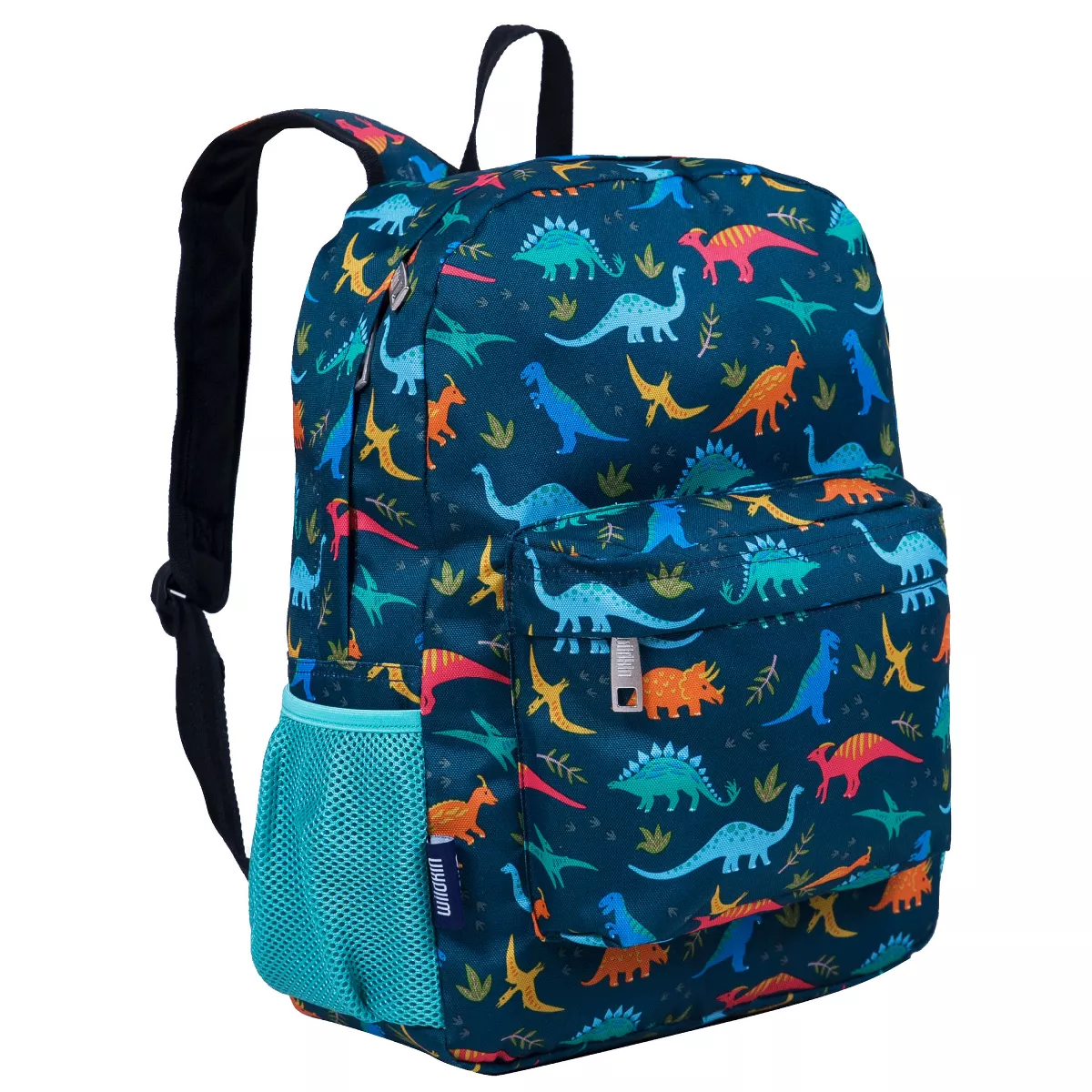
This 16-inch backpack is the perfect size for a preschooler. It has one zippered pockets in front and a mesh water bottle holders on each side for easy storage. It comes in 11 fun, different styles.
Where to buy: Wildkin 16-Inch Backpack for Kids ($35, Target)
2. Mini Explorer backpack
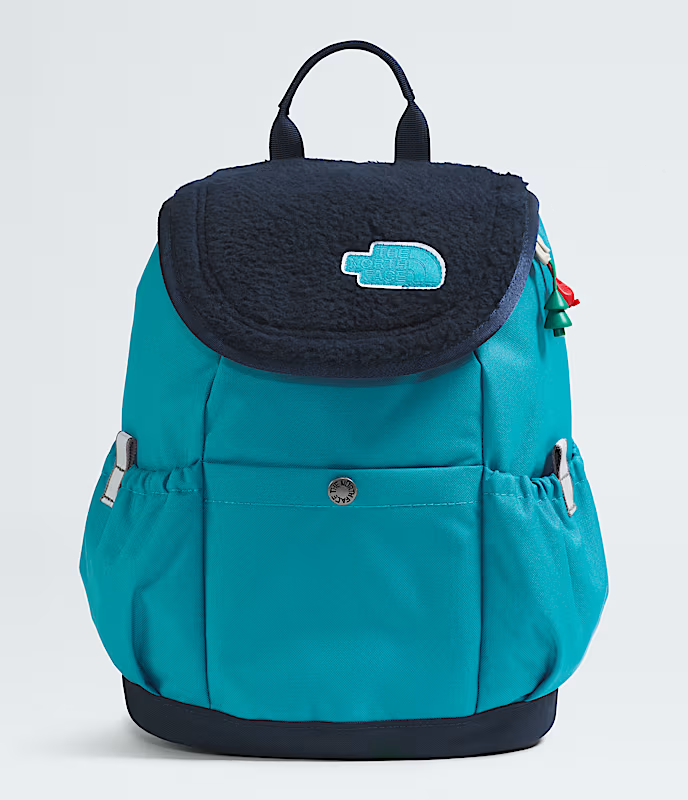
The North Face is known for outdoor gear, so this backpack is not only cute but durable. This backpack is almost 12 inches in height, perfect for a preschool classroom and could double as a travel or hiking bag as well.
Where to buy: Youth Mini Explorer Backpack ($39, The North Face)
4. Thomas & Friends backpack

A familiar face like Thomas the Tank Engine might make the child feel more connected to their backpack and excited to use it. This 10-inch backpack has all the elements of a great preschool backpack, plus Thomas!
Where to buy: Thomas The Train Mini Backpack ($14, Walmart)
5. L.L. Bean Junior backpack
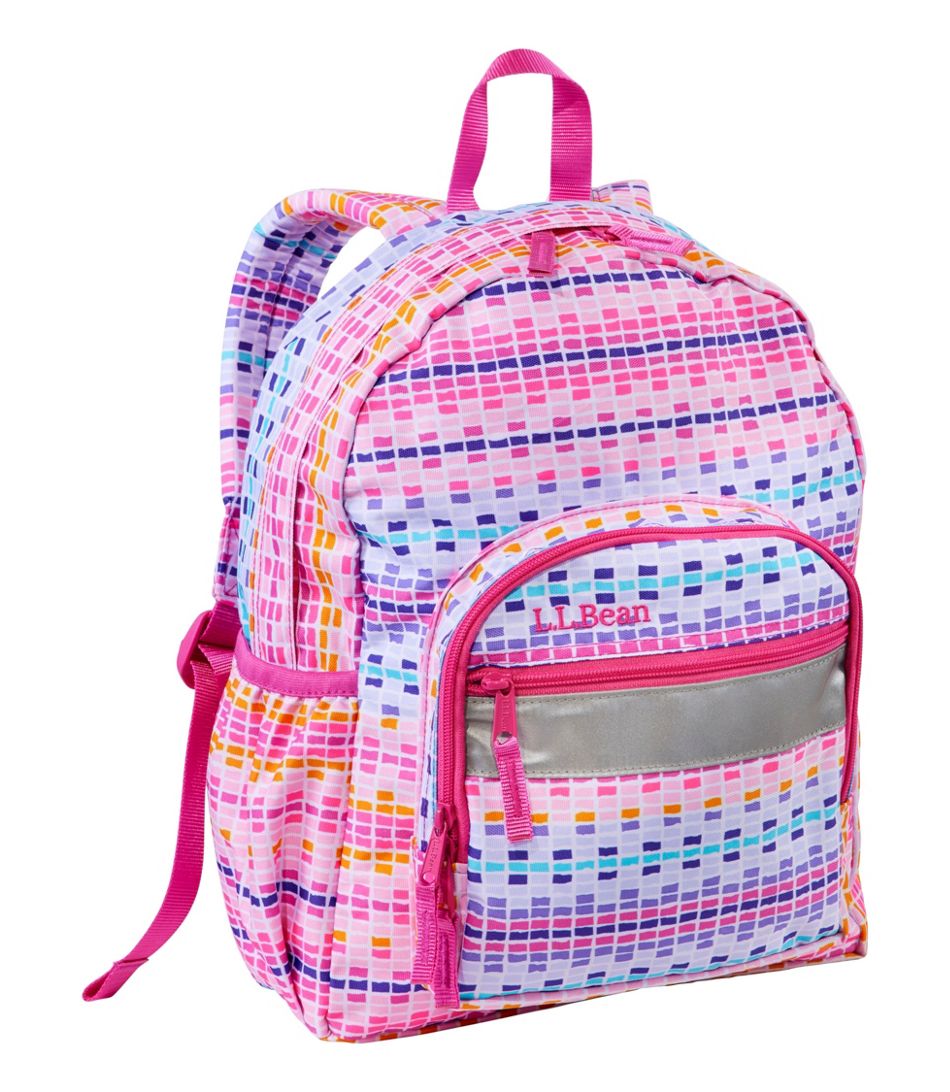
L.L. Bean is another outdoor brand known for its durability, and this junior backpack is no different. It comes in several different patterns, including this stylish Hibiscus Dash.
Where to buy: Junior Original Book Pack ($35, L.L. Bean)
6. Cyberspace galaxy adaptive backpack
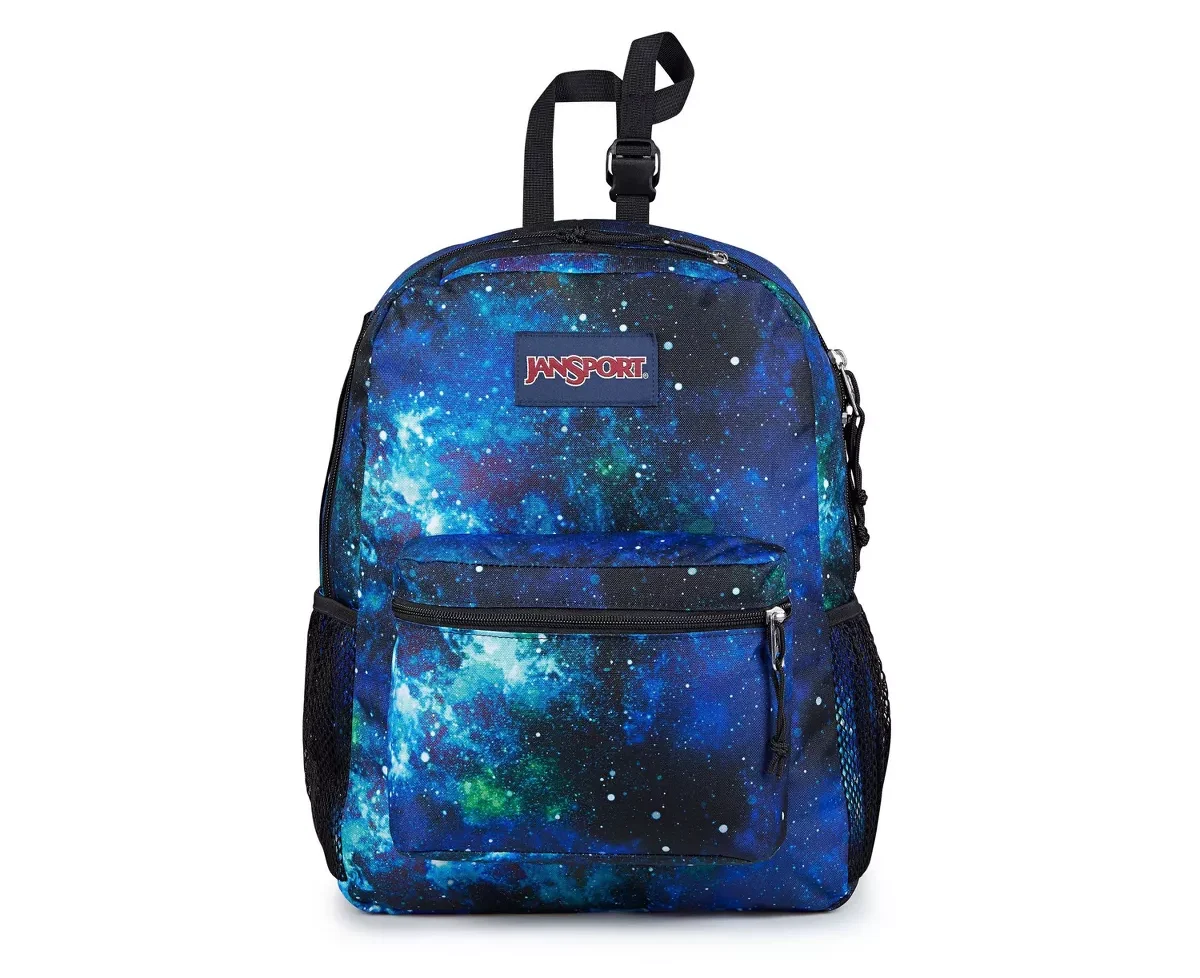
This Cyberspace Galaxy-themed, 16-inch backpack has water bottle side pockets and is designed with extra long straps to fit around the back of a wheelchair. It also comes in Misty Rose ($35).
Where to buy: JanSport Adaptive 16″ Backpack ($70, Target)
7. Twise Tots All-set Backpack
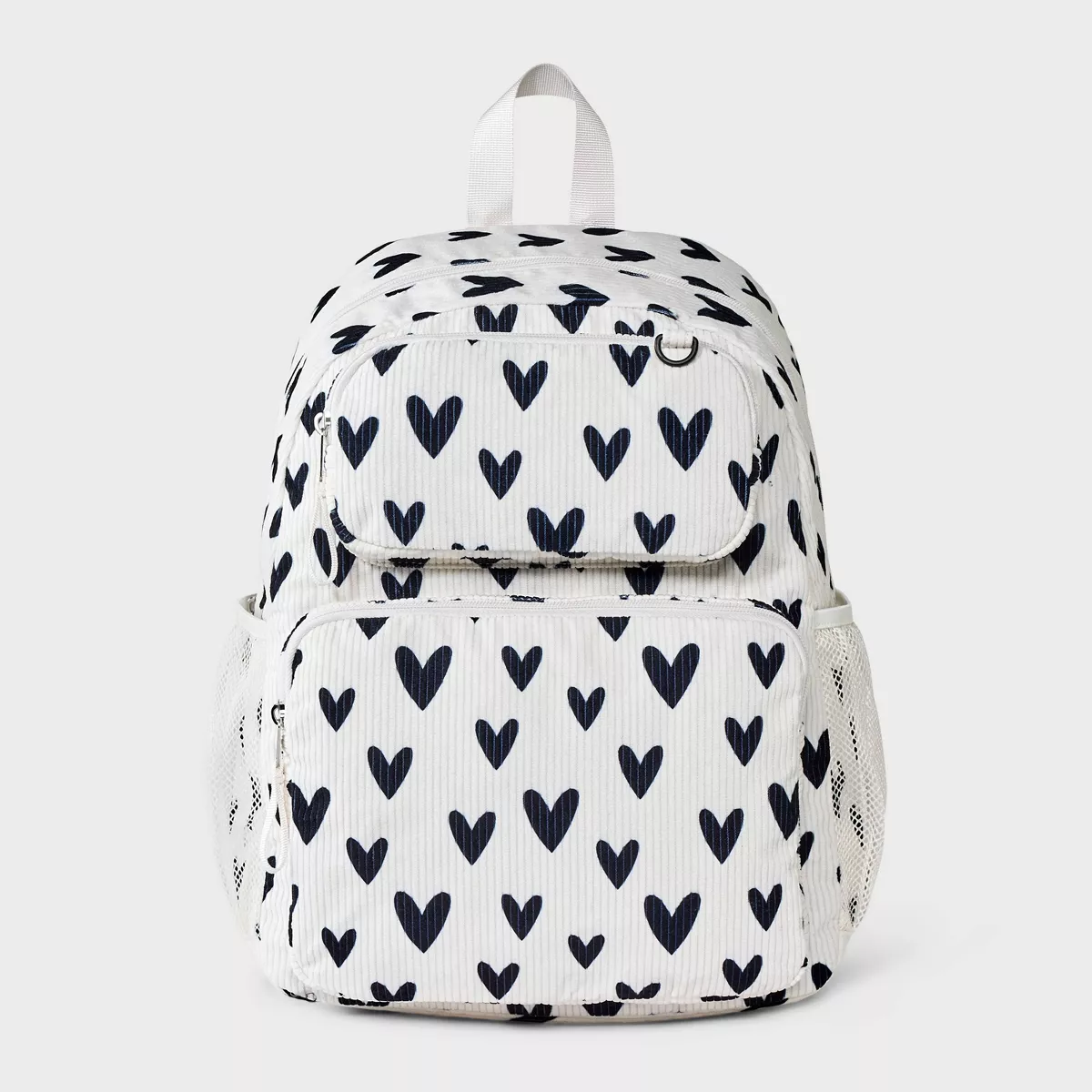
This 16-inch backpack comes in four color patterns and features two small front pockets and two side water bottle holders. In addition to the side pockets, there’s a water bottle pouch on the front with a drawstring closure, which is great for traveling because the water bottle won’t be able to fall out of it.
Where to buy: Cat & Jack 16″ Two-Pocket Backpack ($17, Target)
